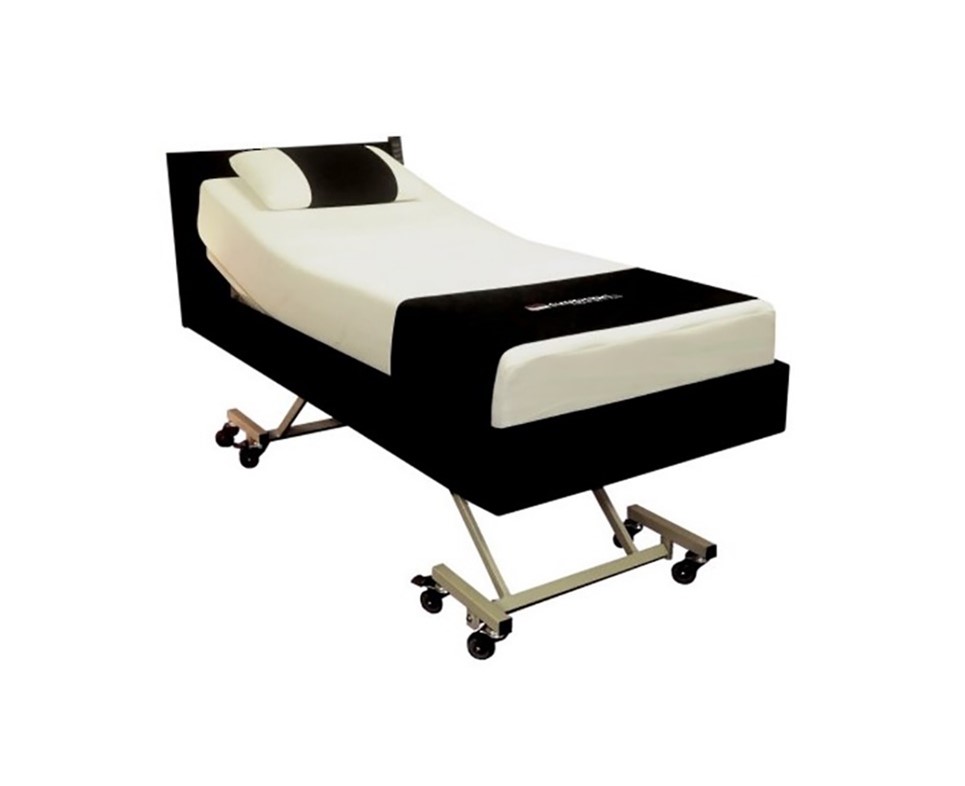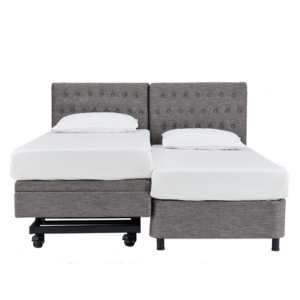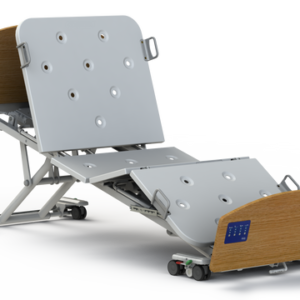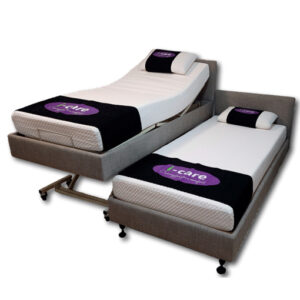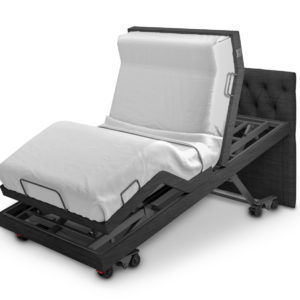Description
The I-Care IC333 is a premium homecare bed. While it has the features of a hospital bed, it has an appearance and practicality suited to home settings.
It provides five powered functions – backrest, leg rest, height adjustment, Trendelenburg and reverse Trendelenburg positioning – all controlled via an intuitive, backlit hand control. The bed also includes a rechargeable battery backup to maintain short-term functionality during power outages.
Its ultra-low minimum height and heavy-duty castors support safe transfers and flexible placement within the home. The breathable mattress platform, commercial-grade fabric and mattress retainer bars support comfort and hygiene over extended use.
Who it’s for
- For clients who need adjustable-height positioning and independent adjustments for safe in-home care.
- For therapists wanting a functional, durable bed to support positioning and transfers for their client.
Key Features
- Five-function electric adjustment – supports backrest, knee break, height adjustment, Trendelenburg and reverse Trendelenburg function
- Ultra-low minimum height – enhances safety, especially for those at risk of falls
- Rechargeable battery backup – maintains short-term operation during power outages
- Eight heavy-duty castors – ensures mobility and positioning flexibility
- Backlit wipeable hand control – easy to use day or night
- Breathable mattress platform – supports airflow and comfort during long-term use
- Commercial-grade fabric – durable and easy to maintain
- Mattress retainer bars – helps keep mattress securely in place

